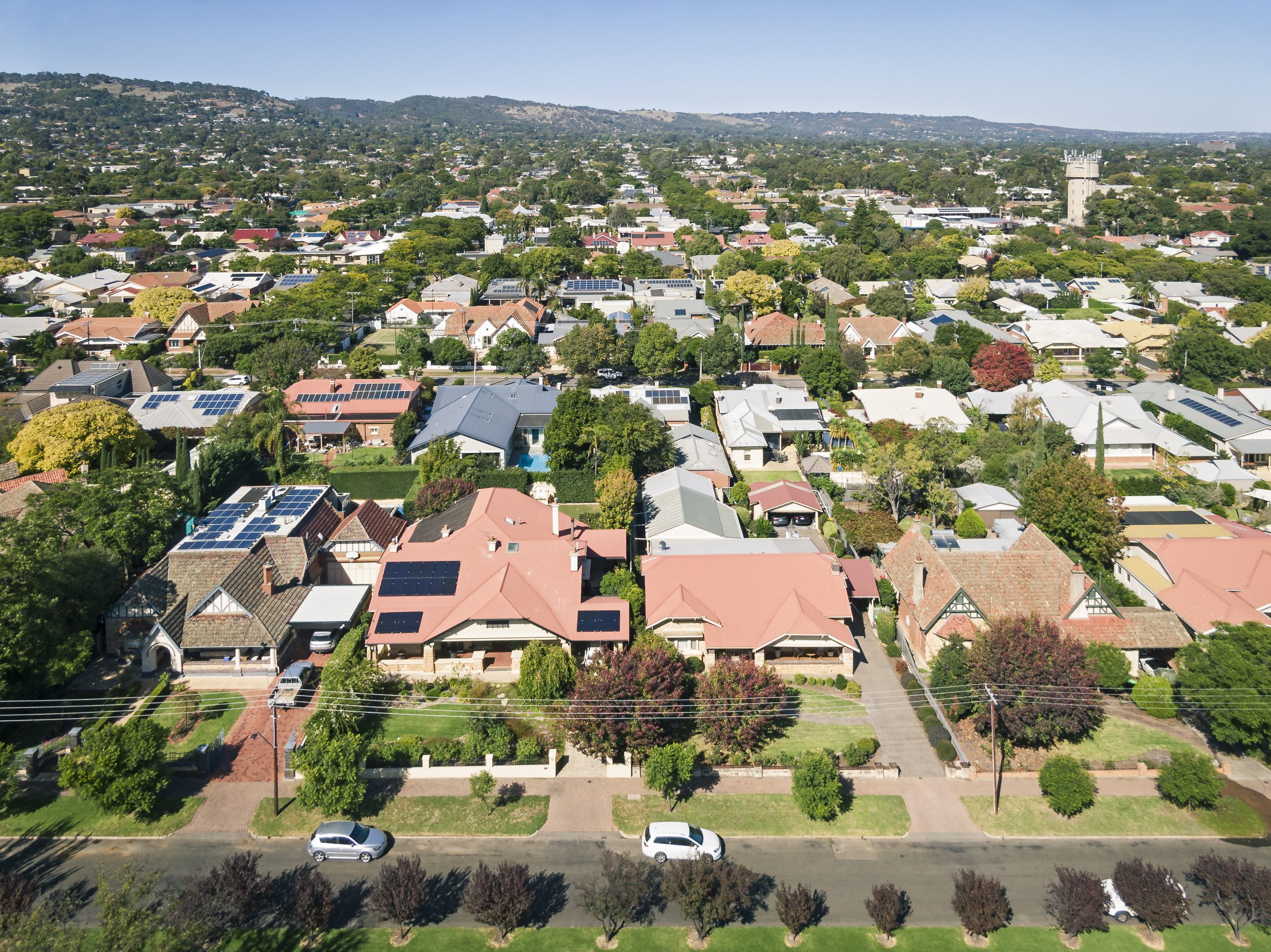
Buying an older home may be a great way to secure the perfect location in your search for a dream property.
But, once you move in, it may be worth considering making some changes to the house so it is more energy-efficient and environmentally friendly.
Some of the upgrades you could consider include adding or upgrading the insulation, changing windows and doors, installing solar panels and using sustainable materials.
A green retrofit can be a big undertaking, so it’s important to plan ahead and have a clear idea of what changes you want to make, and these will depend on your climate. If you live in a hot, sunny area, you may want to prioritise shading and ventilation, while cooler climates require more thought to go into the heating.
When possible, use sustainable materials in your retrofit. This can include bamboo flooring, recycled glass countertops, and low-VOC paint.
Remember that a green retrofit is an investment in the long-term energy efficiency of your home. While the upfront costs can be high, the savings on energy bills over time can be significant.
You are likely to require the help of a number of trade specialists to help you get the job done:
Energy auditor
An energy auditor can assess the energy efficiency of a home and recommend changes to improve it.
Insulation installer
Insulation helps keep a home warm in winter and cool in summer. You may be able to DIY or prefer to hire an installer to add insulation to your walls and roof.
Window services
Upgrading windows and doors can help reduce heat loss and gain. A window installer can replace old, single-glazed windows with double-glazed ones.
Solar specialist
Installing solar panels can help generate renewable energy and reduce reliance on grid electricity. You may be able to get this job sorted through your electricity supplier.
Carpenter
A simple job such as replacing old, leaky doors with new, energy-efficient ones can have an impact on your home’s sustainability.
